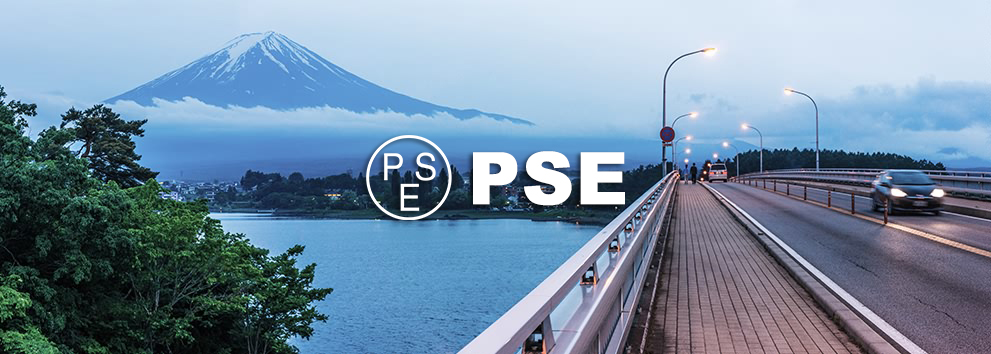Q&A on GB 31241-2022 Testing and Certification
Q&A on GB 31241-2022 Testing and Certification,
GB 31241-2022,
▍What is PSE Certification?
PSE (Product Safety of Electrical Appliance & Material) is a mandatory certification system in Japan. It is also called ‘Compliance Inspection’ which it is a mandatory market access system for electrical appliance. PSE certification is composed of two parts: EMC and product safety and it is also an important regulation of Japan safety law for electrical appliance.
▍Certification Standard for lithium batteries
Interpretation for METI Ordinance for Technical Requirements(H25.07.01), Appendix 9,Lithium ion secondary batteries
▍Why MCM?
● Qualified facilities: MCM is equipped with qualified facilities which can be up to the whole PSE testing standards and conduct tests including forced internal short circuit etc. It enables us to provide different customized testing reports in the format of JET, TUVRH, and MCM etc.
● Technical support: MCM has a professional team of 11 technical engineers specialized in PSE testing standards and regulations, and is able to offer the latest PSE regulations and news to clients in a precise, comprehensive and prompt way.
● Diversified service: MCM can issue reports in English or Japanese to meet clients’ need. So far, MCM has completed over 5000 PSE projects for clients in total.
As GB 31241-2022 issued, The CCC certification could start applying since August 1st 2023. There’s a one-year transition, which means from August 1st 2024, all the lithium-ion batteries cannot enter into Chinese market without a CCC certificate. Some manufacturers are preparing for GB 31241-2022 testing and certification. As there are many changes not only on testing details, but also requirements on labels and application documents, MCM has got a lot of relative inquiry. We pick up some important Q&A for your reference.The change on label requirement is one of the most focused issues. Compared to 2014 version, the new one added that battery labels should be marked with rated energy, rated voltage, manufacturing factory and production date (or lot number).The main reason of marking energy is because of UN 38.3, in which the rated energy will be considered for transport safety. Normally energy is calculated by rated voltage * rated capacity. You may mark as real situation, or round the number up. But it’s not allowed to round down the number. It is because in the regulation on transport, the products are categorized into different dangerous level by energy, like 20Wh and 100Wh. If the energy figure is rounded down, it may cause danger.E.g. Rated voltage: 3.7V, rated capacity 4500mAh. The rated energy equals 3.7V * 4.5Ah = 16.65Wh.
The rated energy is allowed to label as 16.65Wh, 16.7Wh or 17Wh.










